Why Use Camera Lens Hood?
When it comes to photography, the details matter. One such detail that often gets overlooked by beginners but is well understood by professionals is the use of a camera lens hood. This seemingly simple accessory can make a significant difference in the quality of your photos. In this article, we will delve into the reasons why using a camera lens hood is essential, how it can improve your photography, and address some common questions and misconceptions about this tool.
Understanding the Camera Lens Hood
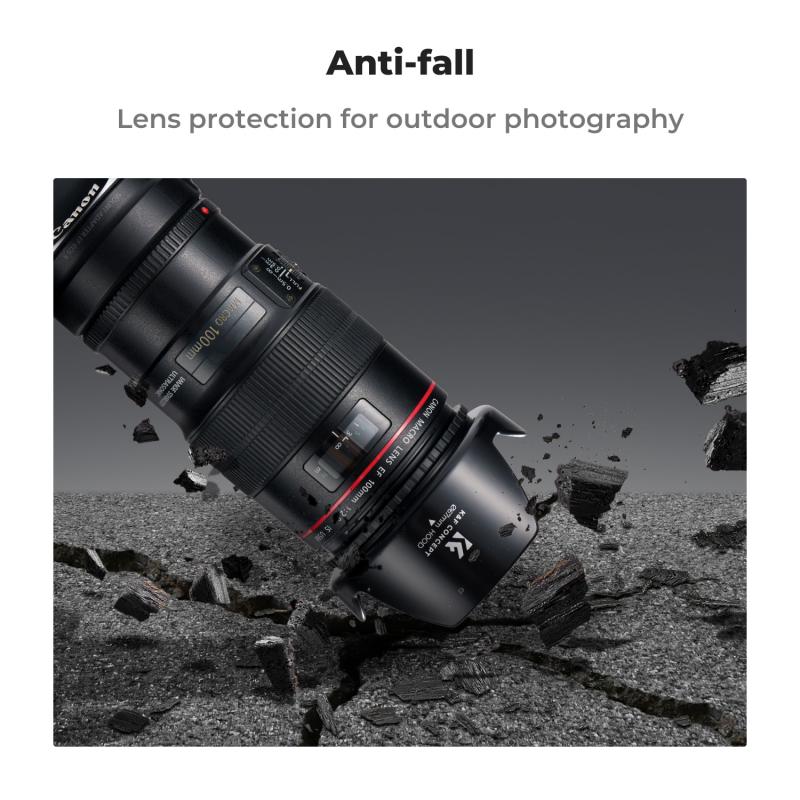
A camera lens hood is a device that attaches to the front of a camera lens. It is typically made of plastic or metal and comes in various shapes and sizes, including cylindrical and petal-shaped designs. The primary purpose of a lens hood is to block stray light from entering the lens, which can cause lens flare and reduce the contrast and overall quality of your images.
The Benefits of Using a Camera Lens Hood

1. Reducing Lens Flare and Glare
One of the most significant advantages of using a lens hood is its ability to reduce lens flare and glare. Lens flare occurs when stray light enters the lens and reflects off the internal elements, creating unwanted artifacts and reducing image contrast. This is particularly problematic when shooting in bright conditions or when the light source is just outside the frame. A lens hood acts as a shield, blocking this stray light and helping to maintain the integrity of your images.
2. Improving Contrast and Color Saturation
By blocking stray light, a lens hood helps to improve the contrast and color saturation of your photos. Stray light can wash out colors and reduce the overall vibrancy of an image. With a lens hood, you can achieve richer, more accurate colors and better-defined contrasts, resulting in more visually appealing photographs.
3. Protecting the Lens
A lens hood also serves as a protective barrier for your lens. It can help prevent accidental bumps, scratches, and even minor impacts that could potentially damage the front element of your lens. While it is not a substitute for a lens cap or a UV filter, it does provide an additional layer of protection, especially when shooting in crowded or rugged environments.
4. Enhancing Image Quality in Various Conditions
Lens hoods are not just useful in bright sunlight; they can also enhance image quality in other challenging lighting conditions. For instance, when shooting in backlit situations or under artificial lighting, a lens hood can help to minimize unwanted reflections and maintain the clarity of your images. This makes it a versatile tool for photographers working in diverse environments.
Common Misconceptions About Lens Hoods
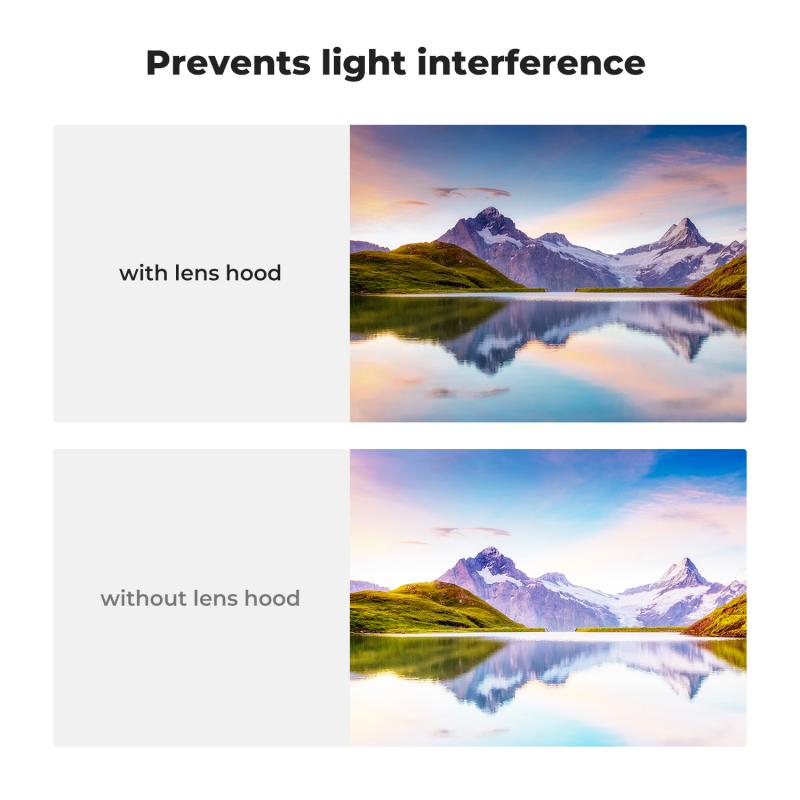
1. Lens Hoods Are Only for Professional Photographers
While it is true that professional photographers often use lens hoods, they are not exclusive to them. Amateur photographers can also benefit significantly from using a lens hood. It is a simple and cost-effective way to improve the quality of your photos, regardless of your skill level.
2. Lens Hoods Are Only Necessary in Bright Conditions
Although lens hoods are particularly effective in bright conditions, they are not limited to such scenarios. As mentioned earlier, they can be beneficial in various lighting situations, including backlit and artificial lighting environments. Therefore, it is a good practice to use a lens hood whenever possible to ensure optimal image quality.
3. Lens Hoods Are Bulky and Inconvenient
Some photographers avoid using lens hoods because they believe they are bulky and inconvenient. However, modern lens hoods are designed to be lightweight and easy to attach and detach. Many lenses come with a dedicated hood that fits perfectly, ensuring that it does not add significant bulk to your camera setup. Additionally, the benefits of using a lens hood far outweigh any minor inconvenience.
Choosing the Right Lens Hood
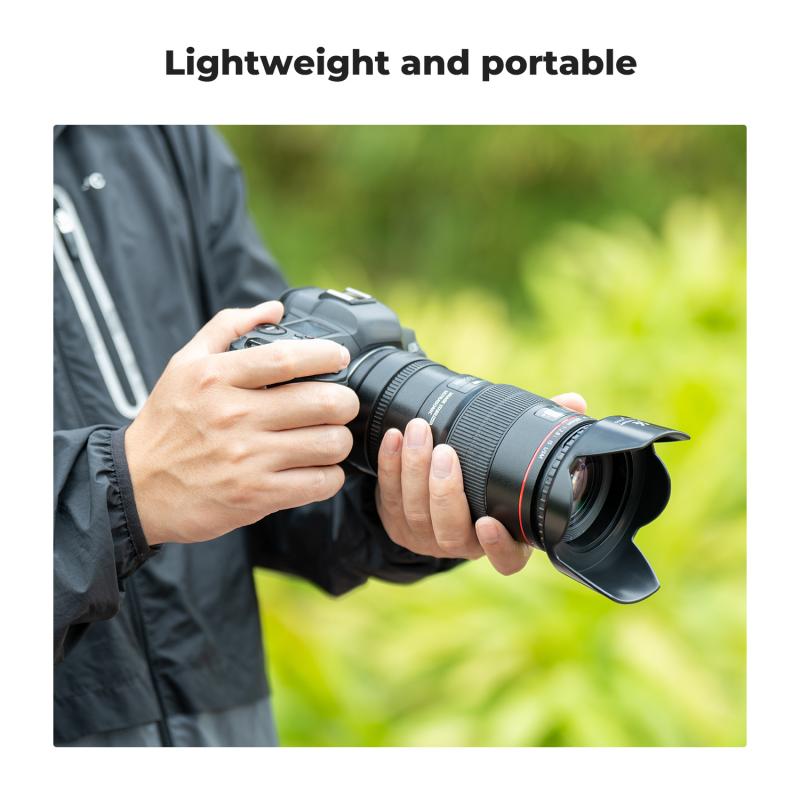
When selecting a lens hood, it is essential to choose one that is compatible with your specific lens. Lens hoods are designed to match the focal length and field of view of the lens they are intended for. Using an incorrect lens hood can result in vignetting, where the edges of the image are darkened due to the hood obstructing the field of view.
There are two main types of lens hoods: cylindrical and petal-shaped. Cylindrical hoods are typically used with prime lenses and telephoto lenses, while petal-shaped hoods are more common with wide-angle and zoom lenses. The petal shape allows for a wider field of view without causing vignetting.
Practical Tips for Using a Lens Hood
1. Always Attach the Lens Hood Correctly
Ensure that the lens hood is securely attached to the lens. Most lens hoods have a bayonet mount that clicks into place. Double-check that it is properly aligned and locked to avoid it falling off during use.
2. Store the Lens Hood Properly
When not in use, store the lens hood in a safe place to prevent it from getting damaged. Some lens hoods can be reversed and attached to the lens for compact storage, making it easy to carry them in your camera bag.
3. Use the Lens Hood Consistently
Make it a habit to use the lens hood whenever you are shooting. Even if you think the lighting conditions do not warrant it, using a lens hood can still provide benefits in terms of protection and image quality.
In conclusion, a camera lens hood is a valuable accessory that can significantly enhance the quality of your photographs. By reducing lens flare and glare, improving contrast and color saturation, and providing additional protection for your lens, a lens hood is an essential tool for photographers of all levels. Dispelling common misconceptions and understanding the practical benefits of using a lens hood can help you make the most of this simple yet effective accessory. So, the next time you head out with your camera, don't forget to bring along your lens hood and experience the difference it can make in your photography.


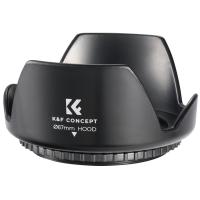
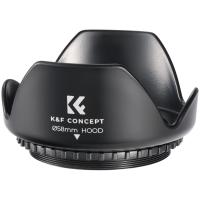
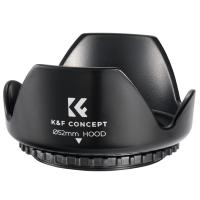
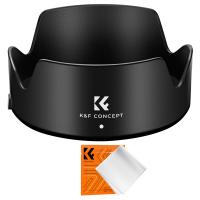
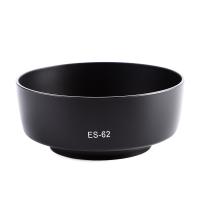
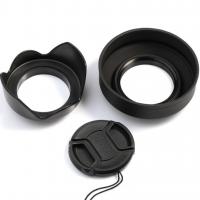
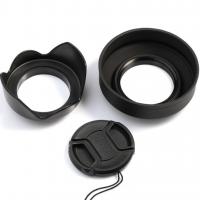
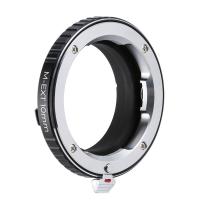
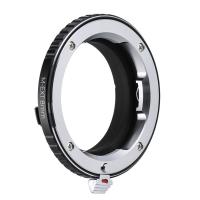
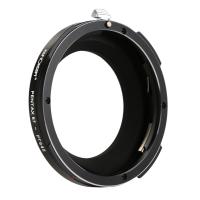

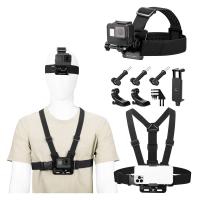
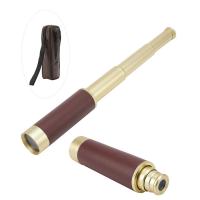

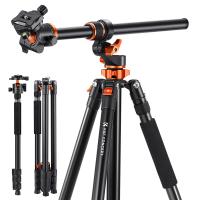
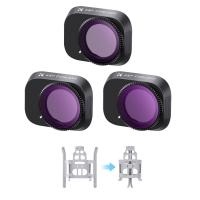


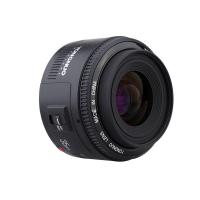
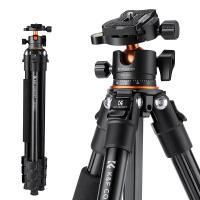
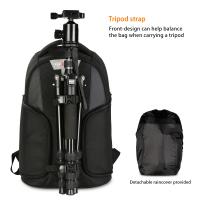

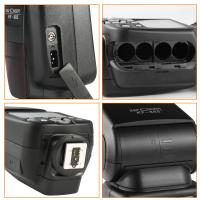
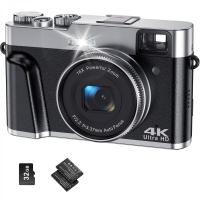
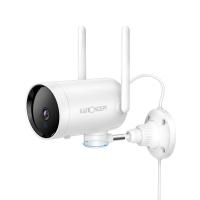
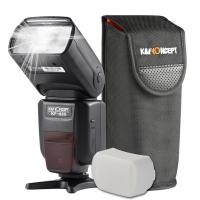


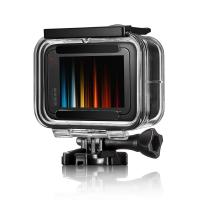
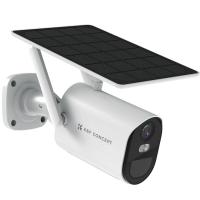

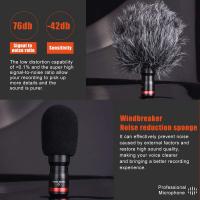
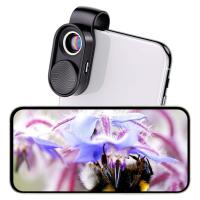


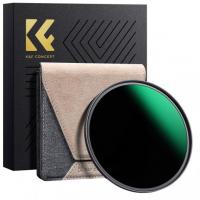


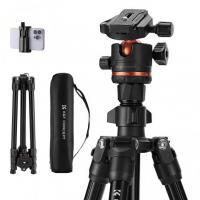
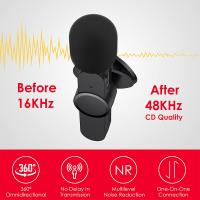
There are no comments for this blog.